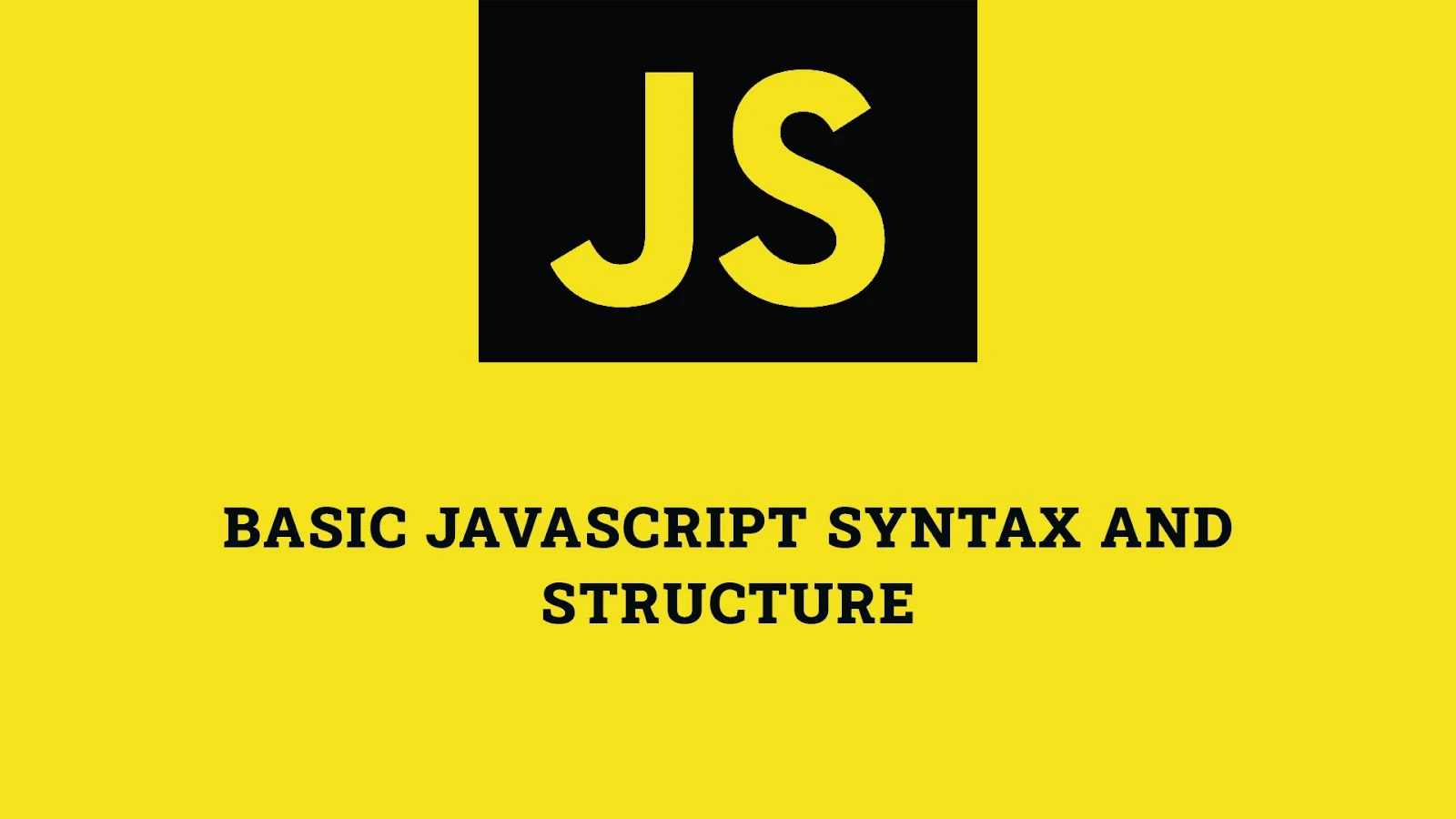Introduction
Understanding the basic syntax and structure of JavaScript is essential for any aspiring web developer. JavaScript has a relatively simple and flexible syntax, making it accessible for beginners while also powerful enough for advanced users. This article will guide you through the fundamental concepts of JavaScript syntax and structure, providing examples and explanations along the way.
JavaScript Statements
In JavaScript, a program is composed of statements that are executed by the browser's JavaScript engine. Each statement performs a specific task and ends with a semicolon. Here are some basic examples of JavaScript statements:
/* Declaring a variable */
let x = 10;
/* Declaring a function */
function greet() {
console.log('Hello, World!');
}
/* Calling a function */
greet();
JavaScript statements can include variable declarations, function declarations, expressions, and more.
Comments
Comments are used to annotate code and provide explanations or notes for other developers (or your future self). JavaScript supports both single-line and multi-line comments:
- Single-line comments: Use double slashes (
//) to create single-line comments. - Multi-line comments: Use
/* ... */to create multi-line comments.
// This is a single-line comment
/*
This is a multi-line comment
that spans multiple lines
*/
Comments are ignored by the JavaScript engine and do not affect the execution of the code.
Identifiers and Keywords
Identifiers are names used to identify variables, functions, and other entities in JavaScript. Identifiers must follow certain rules:
- They can contain letters, digits, underscores (
_), and dollar signs ($). - They must begin with a letter, underscore, or dollar sign.
- They cannot contain spaces or start with a digit.
Keywords are reserved words in JavaScript that have special meanings and cannot be used as identifiers. Here are some examples of keywords:
let, const, function, return, if, else,
for, while, do, switch, case, break,
continue, throw, try, catch, finally
Fun Facts and Little-Known Insights
- Fun Fact: JavaScript is case-sensitive, meaning
myVariableandmyvariableare considered different identifiers. - Insight: Using meaningful and descriptive identifiers improves code readability and maintainability.
- Secret: While semicolons are optional in JavaScript, it is good practice to include them to avoid potential issues with automatic semicolon insertion (ASI).
 Reviewed by Curious Explorer
on
Thursday, November 28, 2024
Rating:
Reviewed by Curious Explorer
on
Thursday, November 28, 2024
Rating:




No comments: